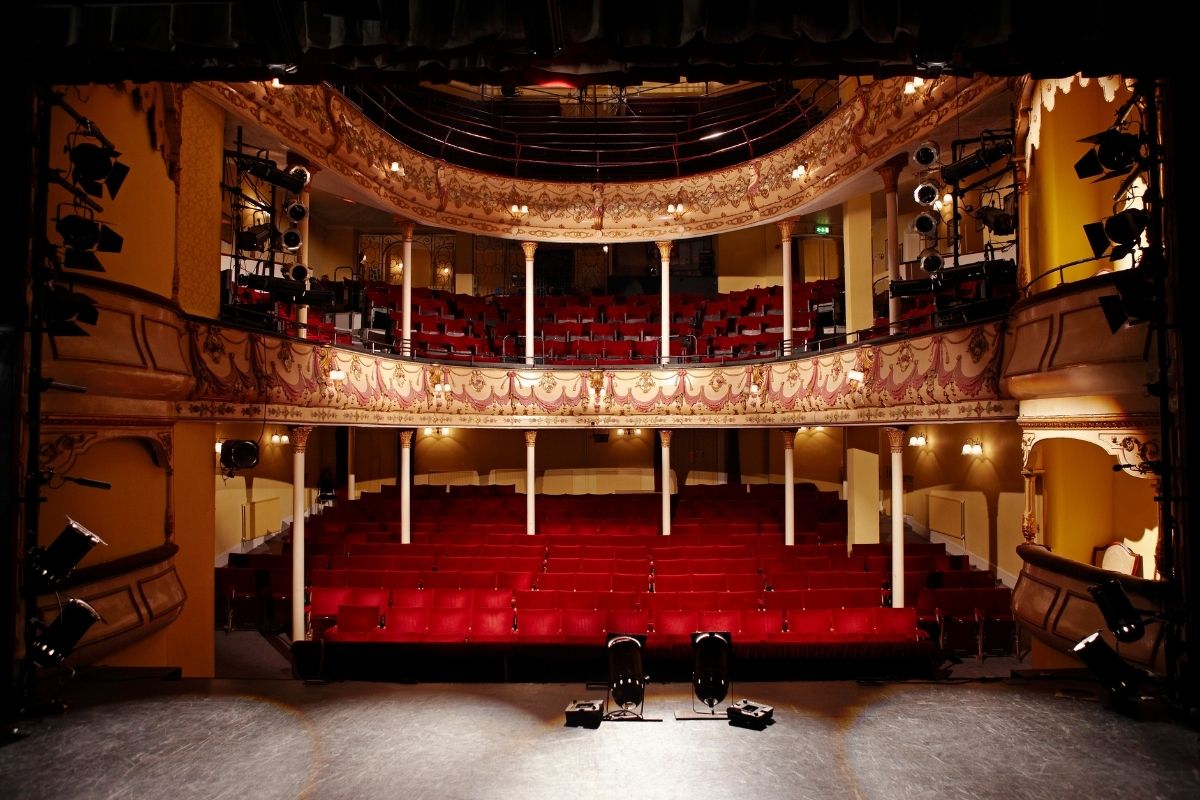Interactive Theater: Engaging and Incorporating the Audience

When it comes to the performing arts, I start with this question: where is the audience? No matter how different the shows are — and some of them are on the streets, some of them are in museums, some of them are in theatres — what they actually have in common is that they all deeply focus on the relationship with the audience. That’s where we get to interactive theater.
Interactive theater is a type of theater where the shows interact directly with the audience. I emphasize ‘directly’ because, actually, theater always interacts with the audience. You can’t have theater without the audience, so even when you’re in a super-traditional space and you have the fourth wall, like you may learn about in performing arts education, you may think that there is no interaction. In actuality, there is; the actors, live on stage, respond to the energy from the audience members. That’s not something you can always see with an online performing arts education, but there are examples.
If all the spectators suddenly go to the bathroom, besides creating huge lines, the show would stop. If everybody laughs, that creates a type of energy in the theater. Essentially, even if we think that we’re doing a run of the same show, the show itself is never the same: the audience is changing it. The audience kind of becomes a co-creator of the show because part of the show is how they perceive it, how they imagine it, how they do the other half or quarter of the show. It really depends on how much you allow them to contribute.
Because of that, a lot of my shows put a huge emphasis on giving audience members an opportunity to be aware of their power, to be aware of their important, essential place.
